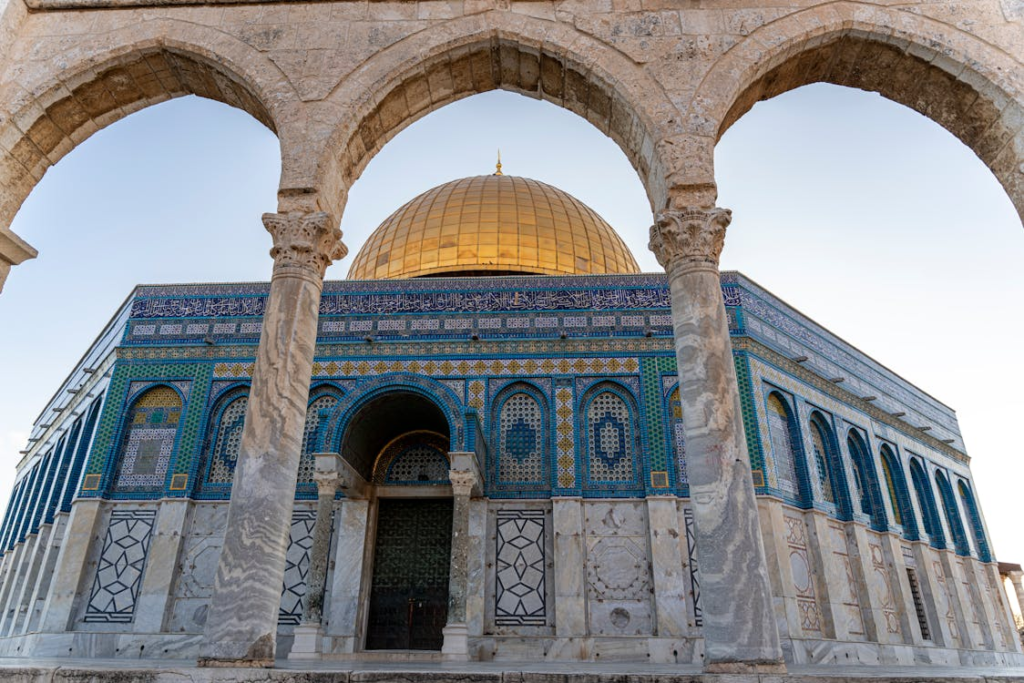For ages, historians attributed a crucial section of Jerusalem’s ancient wall to King Hezekiah of Judah. It was believed to be a defense measure against the Assyrian Empire post the fall of Israel. However, a groundbreaking research spanning nearly a decade has reshaped this narrative, revealing that the wall was actually built by Hezekiah’s great-grandfather, King Uzziah. This revelation aligns with accounts from the Bible and ties the construction to a monumental earthquake rather than Assyrian threats.
Rethinking Historical Narratives
Previously, scholars placed the construction of this wall within Hezekiah’s reign, associating it with his defiance against Assyria. However, recent studies suggest an earlier origin, shortly after a significant earthquake rocked Jerusalem. This challenges previous assumptions and prompts a reevaluation of the city’s defensive strategies and historical timeline.
Biblical Validation
Accounts in the Old Testament, especially the Second Book of Chronicles, describe the fortification efforts of King Uzziah, including the erection of towers in Jerusalem. These descriptions align with archaeological findings, lending credibility to the biblical narrative surrounding the city’s defenses and infrastructure.

Scientific Authentication through Carbon Dating
A collaborative effort between the Israel Antiquities Authority, Tel Aviv University, and the Weizmann Institute of Science utilized advanced carbon-14 dating techniques to determine the age of the ancient wall. Overcoming challenges posed by fluctuating atmospheric carbon levels, scientists refined dating accuracy using data from ancient European tree rings. This groundbreaking approach provides unprecedented insights into Jerusalem’s ancient past.
Insights into Demographic Evolution
Apart from reevaluating Jerusalem’s defensive timeline, the research sheds light on its demographic and spatial evolution. Contrary to prior assumptions, internal Judean growth, rather than external factors like refugee influx, drove the city’s expansion. This paradigm shift challenges established narratives, pushing back the timeline of Jerusalem’s growth and highlighting internal dynamics’ role.
Broadening Historical Perspectives
Beyond its implications for defensive architecture, the study enriches our understanding of Jerusalem’s significance during pivotal historical periods. By correlating specific structures with biblical accounts, researchers illuminate Jerusalem’s prominence during the reigns of David and Solomon, deepening our comprehension of ancient Judean history.

Reflections on the Kingdom of Judah
The findings contextualize the Kingdom of Judah within ancient Near Eastern history, offering insights into its resilience, cultural heritage, and enduring significance amidst various challenges and transformations.
In conclusion, the revelation regarding Jerusalem’s ancient wall origins underscores the ongoing dialogue between archaeological evidence and biblical narratives, enhancing our understanding of the city’s rich past and reaffirming its enduring historical importance.
